
Jennifer Simonson
Jennifer is a writer, photographer and wine enthusiast who publishes a blog called Bookworm, in which she pairs wine with books. It combines two of her favorite pastimes and is intended to make both reading and sipping wine more enjoyable. She recently received her WSET Level 3 in Wines certification through France 44 Wine & Spirits Education. She lives in Linden Hills and enjoys running around the city lakes, gardening, cooking and making art.
Dark clouds hang heavy on the horizon as I say arrividerci, ci vediamo dopo, and exit the small tasting room on the outskirts of Assisi, crossing the street into the vines. I’m joined by a group of newly-made friends, and we’ve filled a box with bottles of wine and plastic cups. The sky threatens rain, as it has all day, but the vineyards beckon.
After tasting five wines and eating our fill of local cheeses, salumi and bread, we’re in high spirits. We follow a worn tractor path up a gentle incline to a small picnic shelter. The good wine and conversation continue to flow – undamped by a brief, yet intense, downpour. Only later do we discover that the hard-packed trail to return to the car has turned to mud. It will cling to my one pair of road-weary sneakers for days, reminding me why I love to travel.
I am in central Italy’s Umbria region, the country’s “green heart,” where zero kilometer drinking and eating are common. Meals here consist of foods and wines produced by local families that allow travelers like myself to learn about a place, its people, and its culture through its flavors.
While wine is produced in all of Italy’s 20 regions, the wines from Umbria and nearby Lazio, Abruzzo, and Le Marche are often under-appreciated by American consumers. With 590 officially-recognized grape varieties – and other estimates topping 1,800 – Italy’s biodiversity is unmatched. And so, I’d like to briefly introduce you to these special regions and encourage you to taste their wines.
Perhaps one will inspire your next vacation or will spark a favorite travel memory that you can relive from home?
Umbria
Umbria is Italy’s cuore verde, where lakes, rivers and rainfall yield a lush environment. In Orvieto, this moisture allows botrytis to develop; the fungus shrivels Grechetto grapes, concentrating sugars conducive to sweet wine production. Elsewhere dry red wines prevail, and like much of central Italy, Sangiovese is grown everywhere. But two grape varieties grow nowhere else: bold and tannic Sagrantino and Trebbiano Spoletino, a white grape that is trained to grow up trees. Umbria is a hilly region without coastline where winter is cold and summer hot. Food specialities include truffles, pork products, sheep’s milk cheeses, and olive oil, and the region’s wines pair well with these earthy flavors.
In the vineyards between the towns of Trevi, Montefalco and Spoleto, the white grape Trebbiano Spoletino is “married” to trees. While the science behind the tradition is unclear, the vines do grow better with the trees than without. The variety was almost lost when people started cutting the trees for firewood in the ‘90s, but some growers worked to save the old vines.
Antonelli’s Trebbiano Spoletino grows between maple trees in a vineyard that was created with cuttings from old vines. The grapes are hand-harvested and then macerated in contact with the skins. After a soft press, they are fermented in large oak barrels and spend 6 months on the lees before bottling. This results in a full-bodied white wine with rounded texture that balances the grape’s elevated acidity.
This wine is medium gold in color and fragrant with aromas of green and yellow apples, ripe apricot and peach, lemon yogurt, honeydew melon, barely-ripe pineapple and orange blossom. While the palate flavors mirror the aromas on the nose, the fruit character is more tart and fresh. The wine finishes on a spicy note that reminds me of green cardamom pods.
Lazio
Lazio is best known as the region surrounding Rome, where ancient history sometimes overshadows winemaking, and where, until recently, urban residents and tourists alike favored quantity over quality. Low expectations allowed new generations of winemakers to experiment, and now the region is seeing growth in careful winemaking, quality grape cultivation, blending of native varieties, and use of traditional chestnut barrels. Lazio’s soil is generally volcanic; the coast is warm and dry while cooler microclimates exist near the Apennines. The majority of Lazio’s wine is white, but aromatic reds are gaining traction. Indigenous grapes include the white varieties Bellone, Malvasia, Moscato di Terracina, and Trebbiano Giallo and black grapes Aleatico, Canaiolo, Cesanese, Ciliegiolo, Montepulciano, and Sangiovese.
Nuns living about 90 minutes north of Rome, in Vitorchiano, make this red wine, a 50/50 blend of Sangiovese and Ciliegiolo. They farm organically and handcraft their wines using simple, time-tested winemaking techniques. These hand-picked grapes are destemmed and undergo a two-week maceration before fermentation in stainless steel and fiberglass.
This wine is pale garnet with developing aromas that are both fruity and earthy. I detected balsamic vinegar, black tea, forest floor, both fresh and dried red cherry, ripe strawberry, dried cranberry, tobacco, anise and cilantro stem. It’s a medium-bodied wine with elevated acidity, gentle tannins and a long finish in which the flavors mirror the aromas. While this wine is not powerful, it is harmonious and elegant.
DNA analysis shows that Sangiovese and Ciliegiolo are close relatives. In this blend, Sangiovese provides depth while the Ciliegiolo adds brightness. This vino rosso is best served with a slight chill.
Abruzzo
Rugged Abruzzo lies east of Lazio, bound by the Apennine Mountains and the Adriatic Sea. Much of the land is devoted to agriculture and to parks. (The region is home to three national parks, as well as the tallest peak in the Apennines.) Almonds, olives and figs grow here, as do saffron crocus flowers – and everywhere, the black grape Montepulciano. In warm, coastal areas, it’s made into inexpensive table wine, but in cool, hilly or mountainous sites it produces exceptional wines that balance richness and freshness. Abruzzo is also known for Cerasuolo d’Abruzzo, a deeply-colored rosato made from Montepulciano. Pecorino and Trebbiano Abruzzese are two stand-out regional white varieties.
This rosato is 100% Montepulciano. It’s a gorgeous deep pink, nearly ruby, color. Aromas include tart cherry, cranberry, pomegranate, a touch of jammy strawberry, orange zest, pink grapefruit, roses, and wet stones. It’s medium-bodied with vibrant fruity flavors and pronounced acidity on the palate. The long finish is floral and slightly savory – dried herbs and pink peppercorns come to mind.
The Tiberio vineyards, located 23 miles inland at 1,150 feet, were planted with cuttings from very old vines. The grapes in this wine are harvested by hand, early, to preserve freshness. Once destemmed, they are cold macerated on the skins. Only the free run juice, not the pressed juice, is used in the wine, which is fermented with indigenous yeast in stainless steel.
Appreciate this wine on its own or pair it with pizza or a chicken dish. It’s absolutely lovely, and it’s a rosé that is enjoyable year-round, not just in the summertime.
Le Marche
Le Marche, a hilly region attracting beach- and seafood-loving Italians, but few international tourists, is located north of Abruzzo on the Adriatic. The region’s climate is continental in the north and Mediterranean in the south, influencing where different grape varieties thrive. Le Marche’s most well-known grape is Verdicchio, with its note of bitter almond. It was mass-produced and exported in fish-shaped bottles in the ‘60s and ‘70s, but today smaller producers craft quality wine from Verdicchio. Current winemaking favors richer whites and lighter reds, and while Verdicchio is the region’s flagship grape, a warming climate might boost red wine production from Montepulciano, Pinot Nero (Pinot Noir), Vernaccia Nera, and aromatic Lacrima, a rare grape grown in the Lacrima di Morro d’Alba DOC near the port city Ancona.
With its pale amber color, high acidity, and rounded mouthfeel, Aurora’s ‘Fiobbo’ is an intriguing white wine made with 100% Pecorino grapes. The wine is organic and biodynamic and is fermented and aged in both oak barrels and stainless tanks. It’s quite fragrant on the nose and smells of tangerine, orange peel, ginger, baked apple and pear crisp, dried apricot, lemongrass, and a discreet hint of vinegar.
On the palate, it’s full-bodied but this richness is balanced with freshness. The interplay between fresh, cooked and dried fruit is particularly enjoyable. It finishes long and savory on notes of eucalyptus, sage and lemongrass.
Pecorino, which grows in Le Marche’s southern Offida DOCG and in Abruzzo, is unusual among white grapes for its ability to mature in the bottle for years. The grape was almost forgotten until winemaker Guido Cocci Grifoni rediscovered it in the 1980s, growing in an abandoned, mountainous vineyard. He grafted new vines, studied and shared them and helped secure Pecorino’s recovery in Le Marche and in Abruzzo.
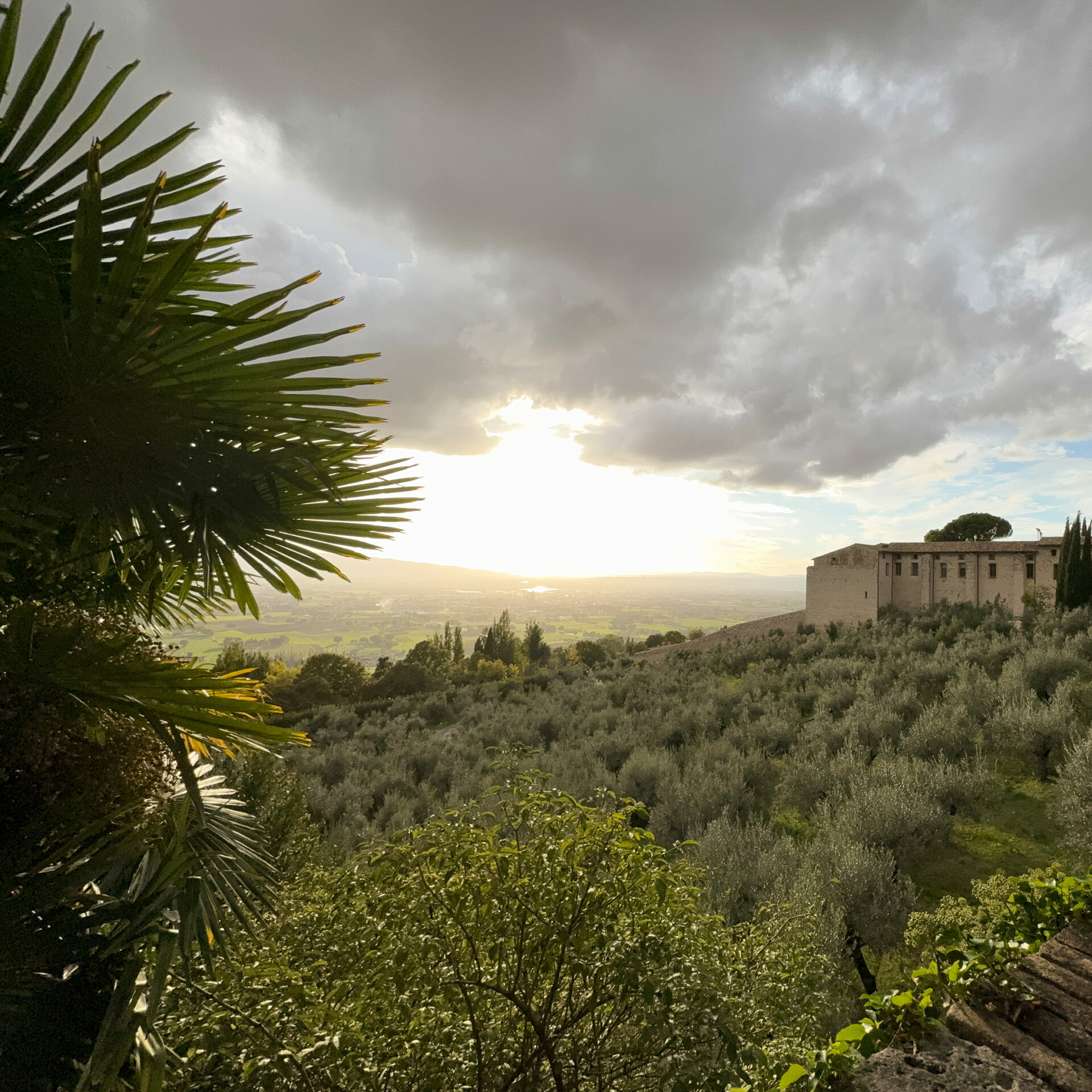
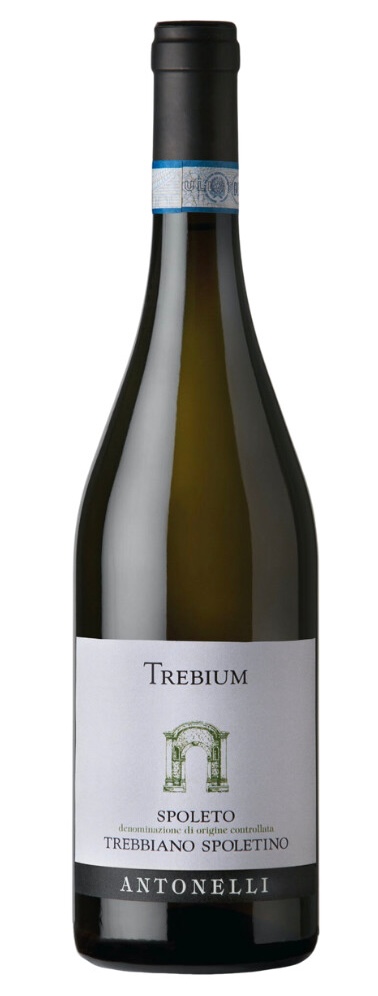



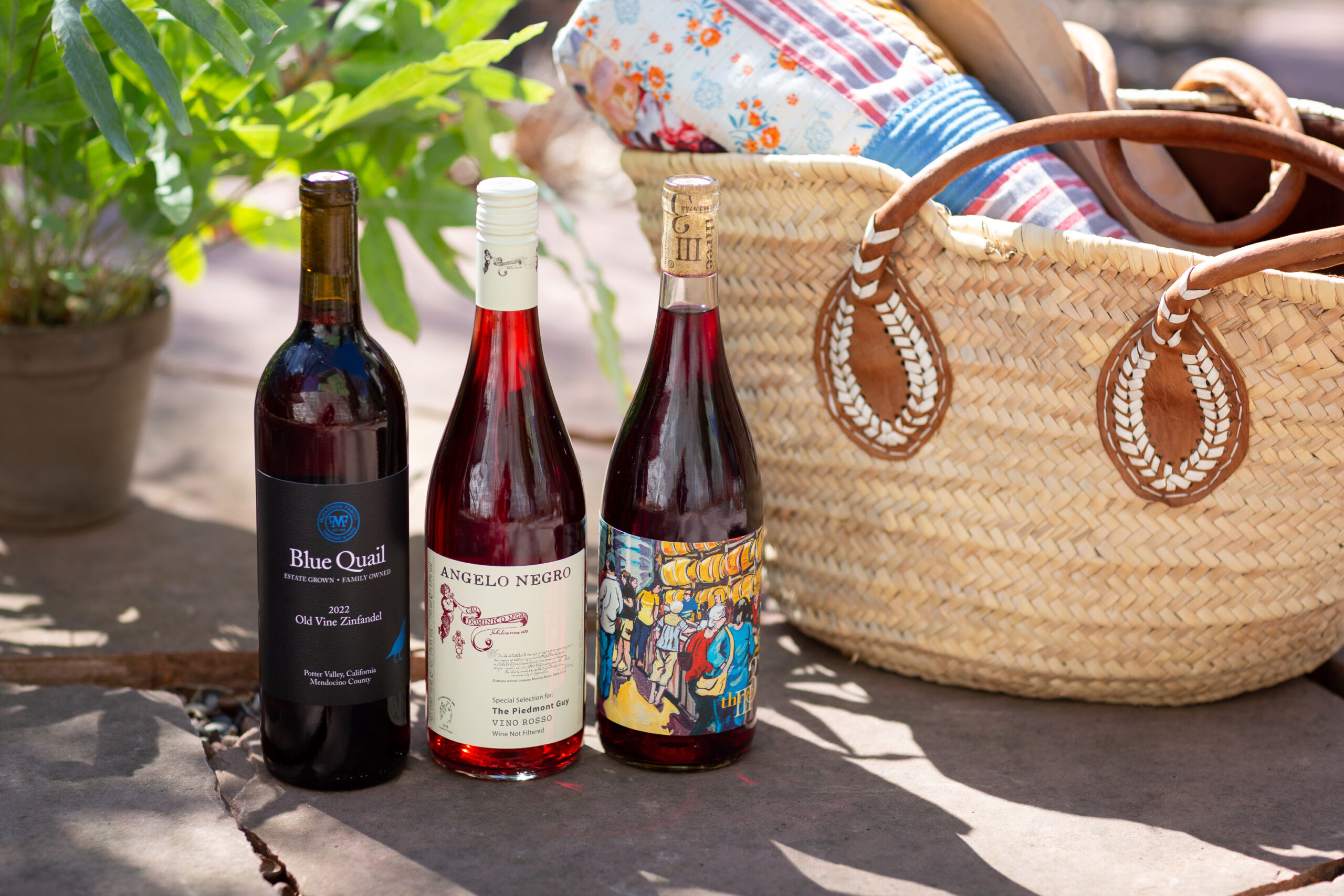
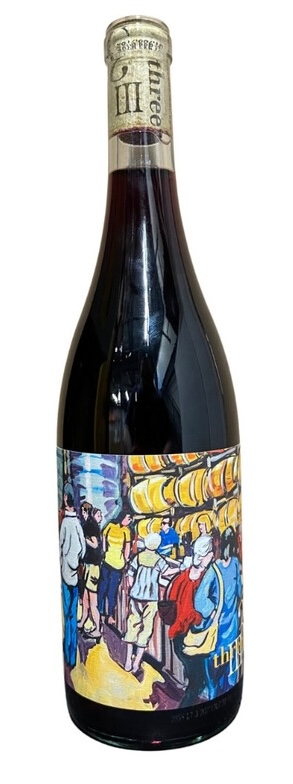 This juicy wine strikes the perfect summertime balance between ripe and tart fruit. On the nose find red cherry, red raspberry, blackberry, cranberry, red currant, plus a touch of baking spice. With light body, high acidity and low tannin, this wine can be paired with just about anything. Buy a case for your next patio party on a hot summer day – everyone will be happy!
This juicy wine strikes the perfect summertime balance between ripe and tart fruit. On the nose find red cherry, red raspberry, blackberry, cranberry, red currant, plus a touch of baking spice. With light body, high acidity and low tannin, this wine can be paired with just about anything. Buy a case for your next patio party on a hot summer day – everyone will be happy!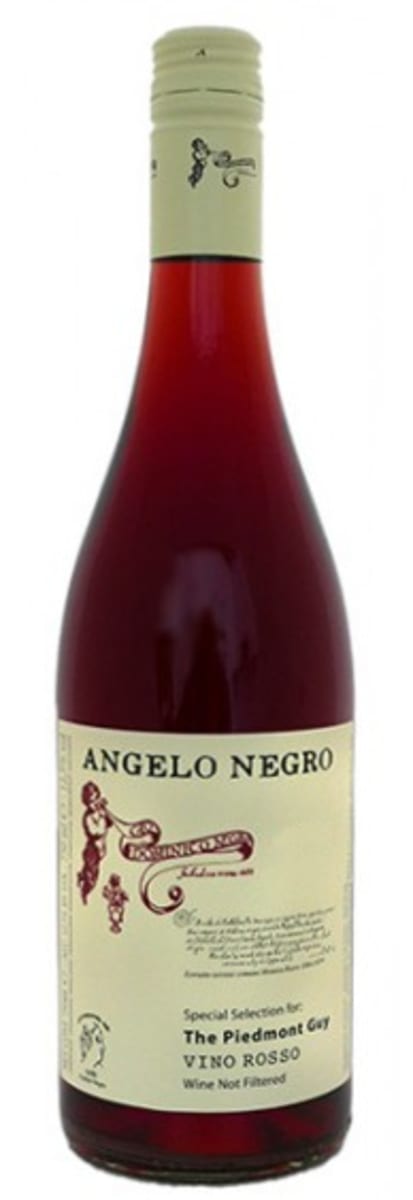 In the carefree spirit of summertime, this expressive red wine made from 100% Brachetto is a sensory adventure. It’s fermented with indigenous yeast in stainless steel and then aged for 5+ months on the lees of Arneis, a white grape variety native to Piedmont. It’s unfiltered and might appear a bit hazy.
In the carefree spirit of summertime, this expressive red wine made from 100% Brachetto is a sensory adventure. It’s fermented with indigenous yeast in stainless steel and then aged for 5+ months on the lees of Arneis, a white grape variety native to Piedmont. It’s unfiltered and might appear a bit hazy. Most of us are familiar with full-bodied, rich and jammy California Zinfandel. But what happens to the wine when those Zinfandel grapes are grown in a cooler climate? The wine becomes almost “Beaujolais-esque,” like this one from Blue Quail exhibiting a lighter body, elevated acidity and medium alcohol at 13%.
Most of us are familiar with full-bodied, rich and jammy California Zinfandel. But what happens to the wine when those Zinfandel grapes are grown in a cooler climate? The wine becomes almost “Beaujolais-esque,” like this one from Blue Quail exhibiting a lighter body, elevated acidity and medium alcohol at 13%.